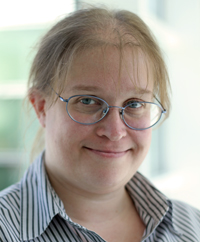How to Tell the Difference Between a Model and a Digital Twin
Overview
“Digital twin” is currently a term applied in a wide variety of ways. Some differences are variations from sector to sector, but definitions within a sector can also vary significantly. Within engineering, claims are made regarding the benefits of using digital twinning for design, optimisation, process control, virtual testing, and lifetime estimation. In many of its usages, the distinction between a model and a digital twin is not made clear.
"When I use a word, it means whatever I want it to mean": Humpty Dumpty in Alice’s Adventures Through The Looking Glass, Lewis Carroll.
The danger of this variety and vagueness is that a poor or inconsistent definition and explanation of a digital twin may lead people to reject it as just hype, so that once the hype and the inevitable backlash are over the final level of interest and use (the “plateau of productivity”) may fall well below the maximum potential of the technology.
The basic components of a digital twin (a model and some data) are generally comparatively mature and well-understood technologies. Many of the aspects of using data in models are similarly well-understood, from long experience in model validation and verification and from development of boundary, initial and loading conditions from measured values. However, many interesting open questions exist, some connected with the volume and speed of data, some connected with reliability and uncertainty, and some to do with dynamic model updating.
In this webinar the essential differences between a model and a digital twin was highlighted, outline some of the key benefits of using digital twin technology, and suggest directions for further research to fully exploit the potential of the technology.
Agenda



